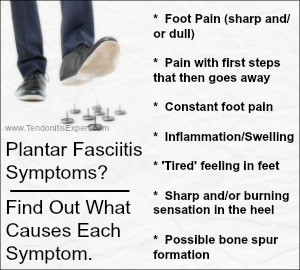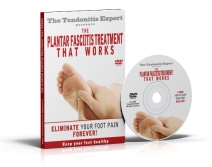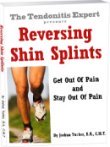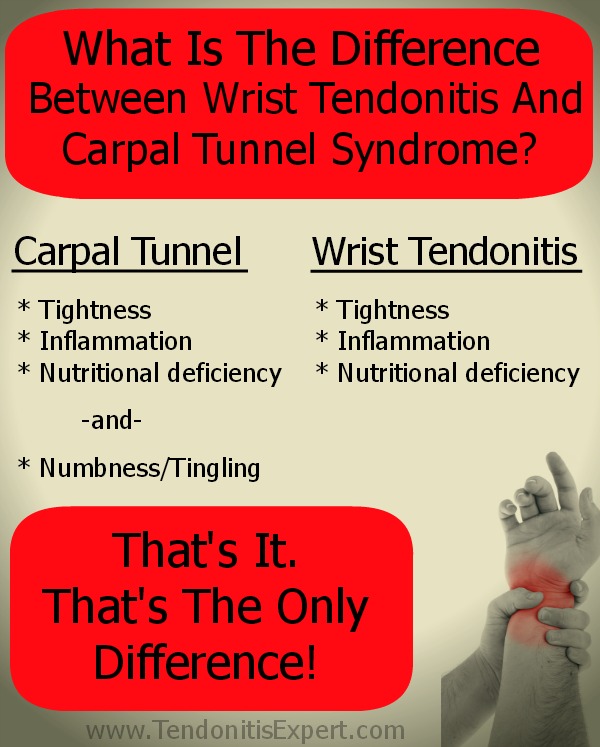Plantar Fasciitis Symptoms
Each Has A Specific Cause
Do you have Plantar Fasciitis Symptoms?
Plantar Fasciitis Tendonitis has its own set of symptoms.
Because the arch of the foot is involved, there are many different factors involved as compared to something like Wrist Tendonitis (even though the basic Tendonitis factors are involved).
You can rest your wrist if you have wrist tendonitis, for example, even though rest doesn't help you in the long run.
But every step you take is obviously on your feet, and you have to walk around and be on your feet every day, so rest really isn't an option anyway.
Below you will find a list of Plantar Fasciitis Symptoms, and an explanation of each.
Plantar Fasciitis Symptoms
Broken Down
Below you find a list of Plantar Fasciitis Symptoms, and an explanation of each.
• Dull or sharp pain in the sole of your foot, and/or in the inside part of the bottom of your heel
On the underside of the foot is the Plantar Fascia, a network of connective tissue that is a main part of the structure of the foot.
Over time, from wear and tear and how the body responds to that injury, a Pain Causing Dynamic gets entrenched.
When you stand on your foot, the compromised structure of fascia gets pulled in many different directions, and sends pain signals to the nervous system.
That over-stressed tissue is CONSTANTLY overstretched, so it gets unhappy, and it sends a constant 'there's a problem here!' signal.
So the brain responds with inflammation, more tightness, etc.
• Foot pain that shows up for the first steps when getting out of bed in the morning, then goes away
As you read on the Plantar Fasciitis page, the tissue of your foot is metabolically 'cold' when you wake up. Then you put all your weight onto a mobile arch held together by 'cold', immobile tissue.
You get new rip and tear, and irritate everything else that is injured, -and- activate the
Process of Inflammation that is already present in your foot.
As new blood and nutrition get pumped into the muscles and tissues of your feet, your tissue warms up, the chemicals of inflammation get flushed away, and the tissue becomes mobile.
• When standing up from a seated/resting position
This usually shows up as the Plantar Faciitis dynamic gets 'worse'.
Remember how your foot hurts when you first get out of bed in the morning? It's a lot like that, except the variables for pain are clamping down quickly.
You are sitting down for a while at work or at home on a couch, for instance, and because of the injury ecology in your foot, your tissue tightens up.
Using the 'half-squeezed-sponge' analogy, waste product and irritant is trapped in, and new blood and nutrition is kept out.
You stand up, and it hurts....until you walk around some and get new blood in and irritant out.
• Foot pain that doesn’t go away after the first few steps.
This is a symptom that shows up when either:
A. The Plantar Fasciitis injury dynamic is advanced and is getting worse
Think of this as a dry crunchy sponge with lots of little breaks of the brittle fibers.
B. There is a significant injury to a connection, like where connective tissue/tendon attaches to bone. If it's an athletic injury, this is more likely.
Think of this like a dry crunchy sponge, with an actual rip in the sponge. A more specific, significant injury.
As a general guideline, if the pain in your foot (or feet) is a dull, general pain, that's most likely option A. Wear and tear injury.
If you walk around and there is a sharp, specific hot spot, that is most likely option B. A rip or tear.
Keep in mind, that the pain enhancing chemical that the inflammation process releases can -feel- like a sharp, specific hot spot.
• Foot pain when climbing stairs or when standing on tiptoe
For various reasons, the action of climbing stairs or standing on your toes puts extra stretch and strain on the tissue, the plantar fascia, of your foot.
This can pull on little spots of injury, which hurts. Just like if you have a little injury on your arm, and you poke it with your finger.
Ouch.
• Foot pain when standing for long periods
If you have Plantar Fasciitis, and you are standing still for long periods and your foot hurts, this is because:
A. You have Plantar Fasciitis and your foot hurts anyway or
B. when you are standing, you aren't getting enough new blood to your feet, and/or standing puts pressure on little injury sites, and/or, the nervous system is afraid for you and is actively kicking in Inflammation to make you hurt more so you get off your feet so you don't injure yourself anymore.
• Foot pain after, and sometimes during exercise
When you are exercising, your feet are getting lots of circulation, lots of new blood and nutrition.
When you stop, you get less, and inflammation traps fluid, metabolic waste, and other irritants in the sponges that are your feet.
Then your nervous system starts noticing all that irritant, and likely new little wear and tear injury from exercising, and then it starts telling you all about it through the sensation of pain.
Pain is a communication that you need to do something to help yourself.
Plantar Fasciitis symptoms are just that...messages through the nervous system that something isn't working correctly.
• Inflammation/swelling in your heel
Inflammation traps fluid in the affected area. In addition to that, fluid has a hard time getting up out of your legs.
So it's easy, if you have some injury and/or poor circulation, to get extra fluid stuck in your foot.
Specifically for Plantar Fasciitis, this -should- just be in your heel, and under your foot. The worse the pain/inflammation is, the more fluid can get trapped in the area, so all or parts of your foot could swell.
• Bone Pain And Joint Pain
When too much pressure is on a bone and/or joint, over time, a few things happen.
- the bone can literally bend and change to that shape
- the pressure causing the 'bend' causes Bone Pain
- the pressure compresses joint bones together, which irritates and can even damage joint lining. This can/does cause bone and joint pain.
• Bone spur formation
In spots where there is constant tension/pressure/pull, a Bone Spur can develop.
The body shapes itself to the forces placed upon it. So the bone can/does get a signal that it needs to become stronger. So more bone grows.
That's a bone spur. It's not a smart thing to happen, but it does happen. Most bone spurs are no big deal. But when a doctor sees one, then it gets identified as a CAUSE of pain/problem.
Sometimes it is, sometimes it's not. But bone spurs don't just develop for no reason. There.s always one or more reasons for pain, and for the development of things that cause pain.
Removing the spur causes all sorts of pain, and a Bone Bruise as well.
Plantar Fasciitis Symptoms
Do any of these symptoms justify Plantar Fasciitis Surgery?
Will Corticosteroid injections help?
Rest certainly won't.
What Is Tendonitis? When the foot hurts, it's called Plantar Fasciitis.
The Most Important Concept
About Plantar Fasciitis Symptoms
The most important concept to get is that...
...If you have plantar fasciitis symptoms, like foot pain in the morning that goes away after walking around for a bit, there is a pain causing dynamic in place that you need to start dealing with if you want the pain stop progressing and go away.
Plantar Fasciitis Symptoms don't go away on their own.
Anti-Inflammatory medicine may reduce the pain, but it doesn't heal you or protect you from more damage.
Rest won't reverse the Plantar Faciitis dynamic, nor heal you. Once the damage is in place, it's there.
Plantar Fasciitis Symptoms go away when you effectively deal with the CAUSES of Plantar Fasciitis.
Like all Tendonitis symptoms, Plantar Fasciitis Symptoms are easy to effectively deal with, when you have the RIGHT information.
For starters, my free advice is to Learn How To Reduce Inflammation.
Or learn more about Plantar Fasciitis Treatment.
Return to the top of this Plantar Fasciitis Symptoms page.
Go to the main Plantar Fasciitis page.
Go to the TendonitisExpert.com homepage.
| Share Your Story
|





